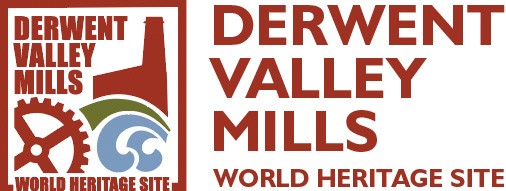M03

This is part of a heritage trail around Milford, taking in some of the key historic areas. You can find a map of the trail, and information on where to find interpretation boards containing more details on the town and its history at www.derwentvalleymills.org/milford.
Bridge View
This spot provides an ideal view across the valley, taking in a number of features, including (from left to right):
- In the distance, on the far left, is neighbouring Duffield, once the main administration centre for this area in medieval times, when Milford was part of a ‘Frith’ (forest).
- The mill chimney. This was built early in the 20th century to replace a smaller version.
- Milford School is one of the oldest educational buildings in Derbyshire still used for teaching. Built c.1819, it connected to the mill complex (on this side of it, at a lower level) so children could move freely between work and lessons. Under the playground are substantial brick-lined reservoirs which stored water for the mill dye-house in the valley bottom.
- Well Lane is behind the school. A terrace of housing for millworkers was built here 1792-96, near where a natural spring emerged. Beyond Well Lane is Sunny Hill, where more housing was provided for millworkers by entrepreneurs, including back-to-back housing affectionately described as ‘The Barracks’, for single workers.
- The former Wesleyan Methodist Chapel was built in 1842 and the datestone can still be seen over the door. It is now a domestic residence.
- The Baptist Chapel dates from 1849 and is still a place of worship.
- Holy Trinity Church can just be seen, peeking out from lower down this valley side. It was built 1846-48, on land given by the Strutt family, who owned the mills. It is no longer used for worship.
- Foundry Weir was a natural feature adapted by the Strutts’ company c.1799 to provide a greater flow of water for powering their mills. The stumps across it were the pillar bases for a footbridge across the river that was swept away in the great flood of May 1932.
More information can be found at https://www.derwentvalleymills.org/wp-content/uploads/2014/12/History_Communities_Milford.pdf

